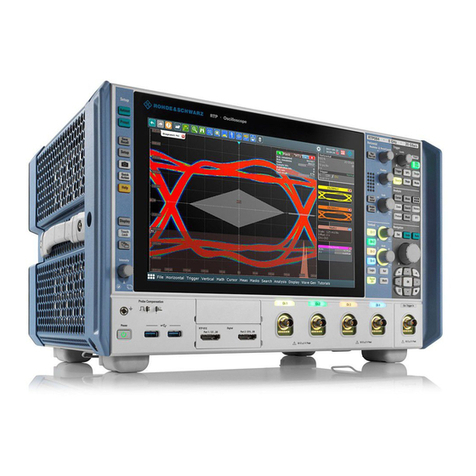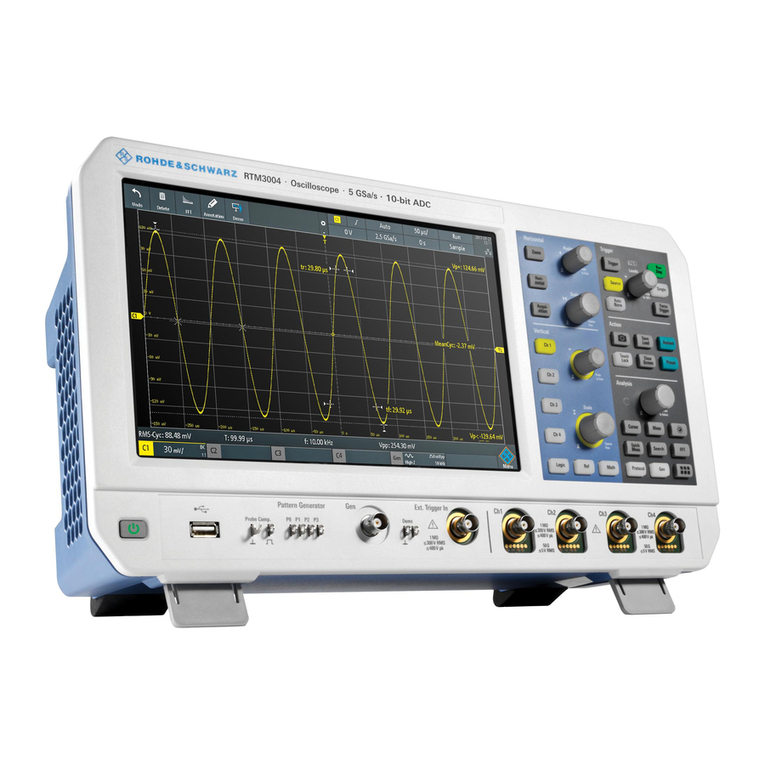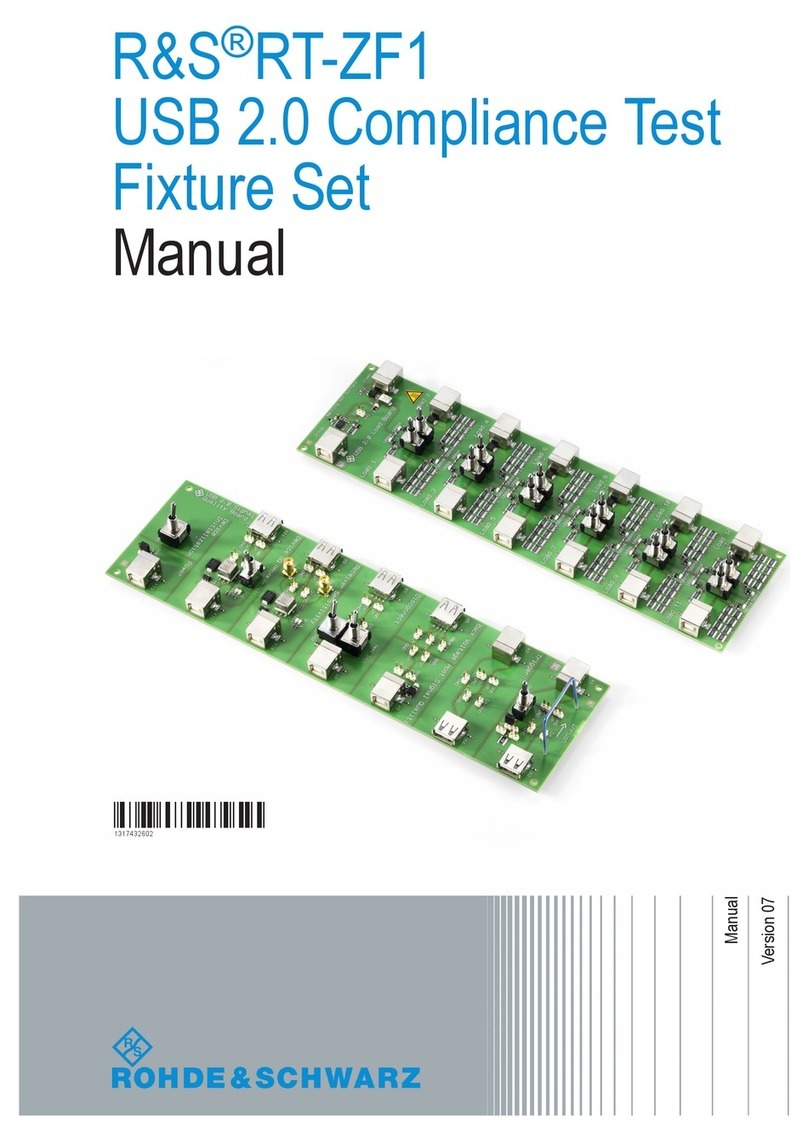Rohde & Schwarz SMBV-K360 User manual
Other Rohde & Schwarz Test Equipment manuals
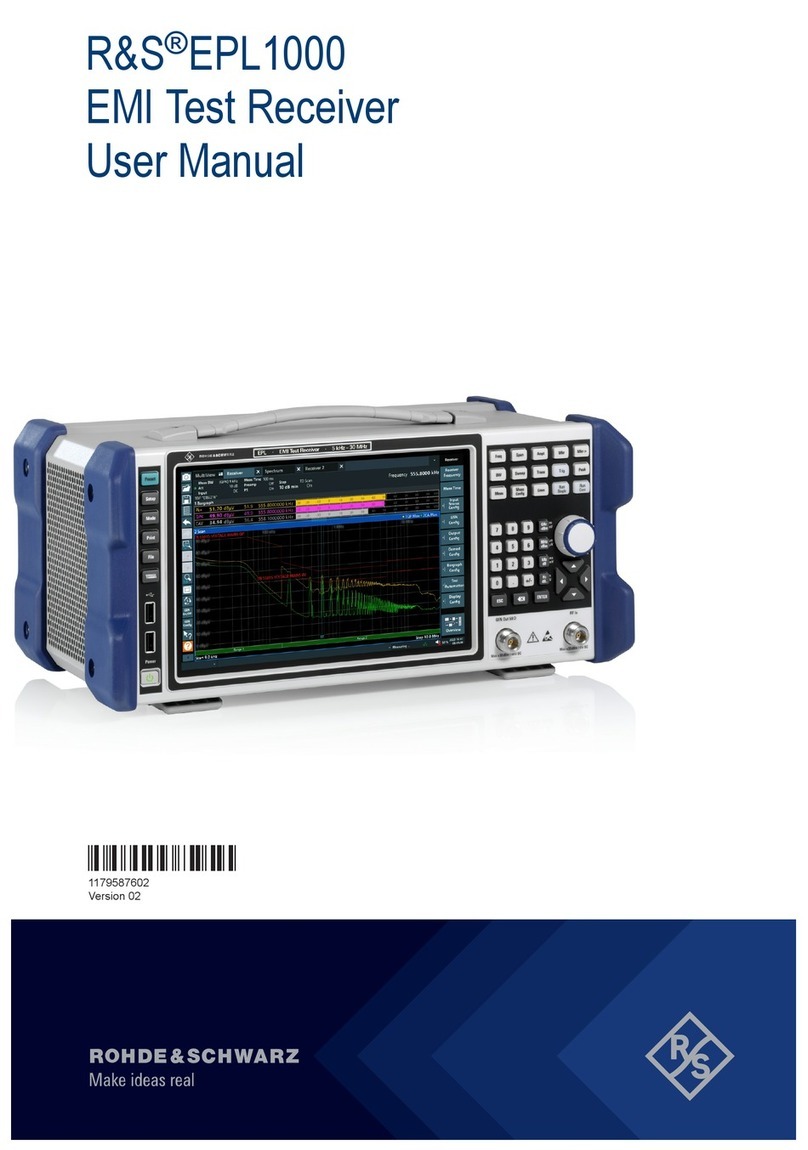
Rohde & Schwarz
Rohde & Schwarz R&S EPL1000 User manual

Rohde & Schwarz
Rohde & Schwarz CTS50 User manual
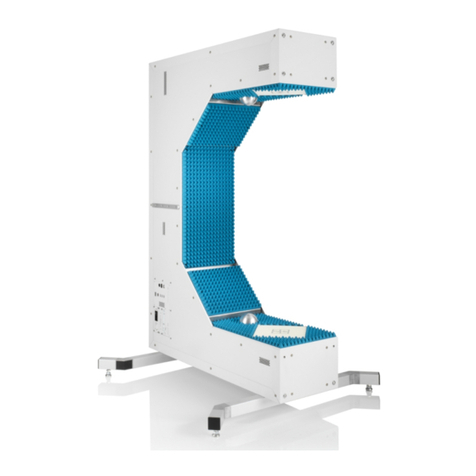
Rohde & Schwarz
Rohde & Schwarz R&S QAR50 User manual

Rohde & Schwarz
Rohde & Schwarz R&S CMW-KG2 Series User manual

Rohde & Schwarz
Rohde & Schwarz RT-ZS10 User manual
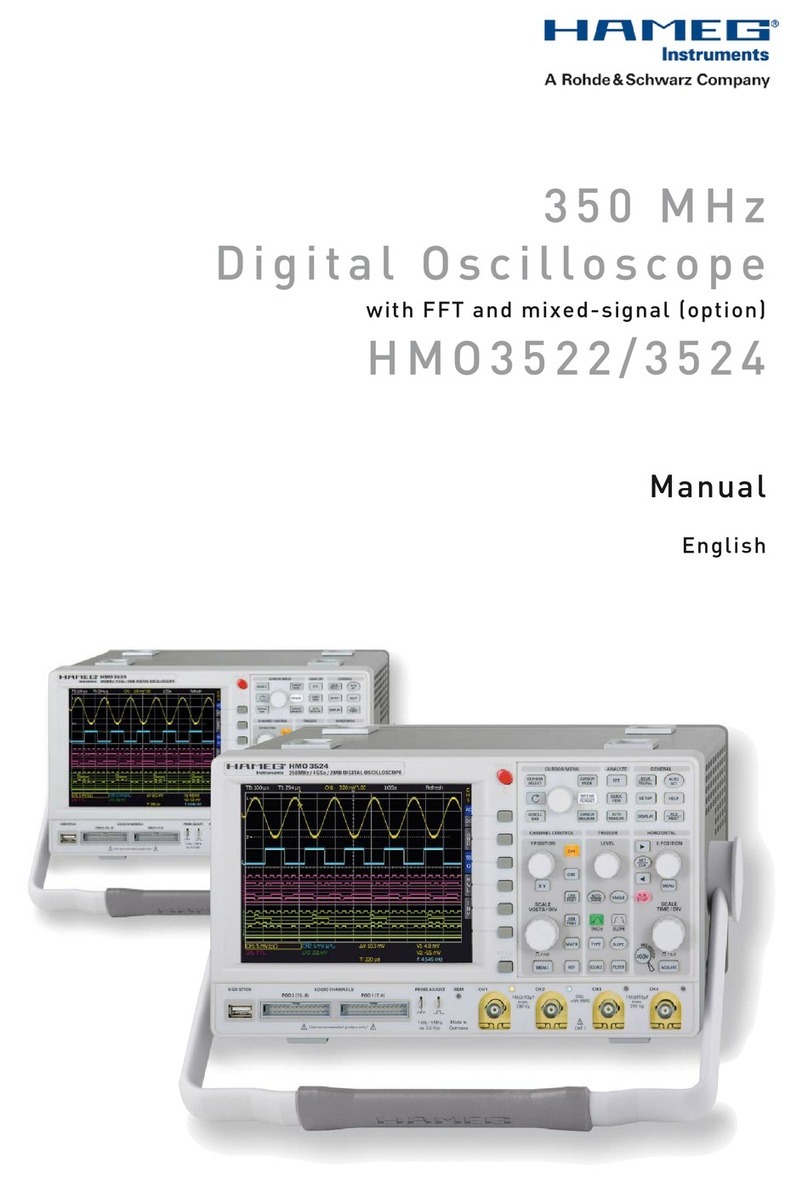
Rohde & Schwarz
Rohde & Schwarz Hameg HMO3522 User manual
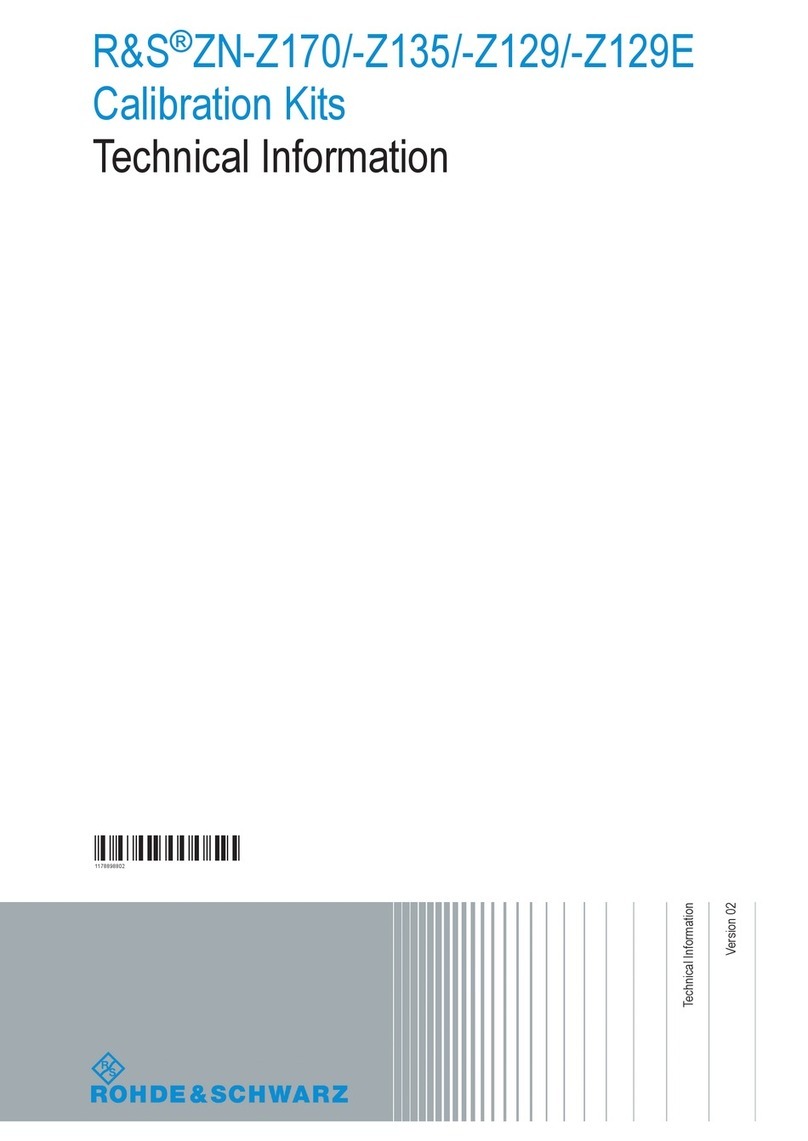
Rohde & Schwarz
Rohde & Schwarz ZN-Z170 Manual

Rohde & Schwarz
Rohde & Schwarz ESH2-Z3 User manual
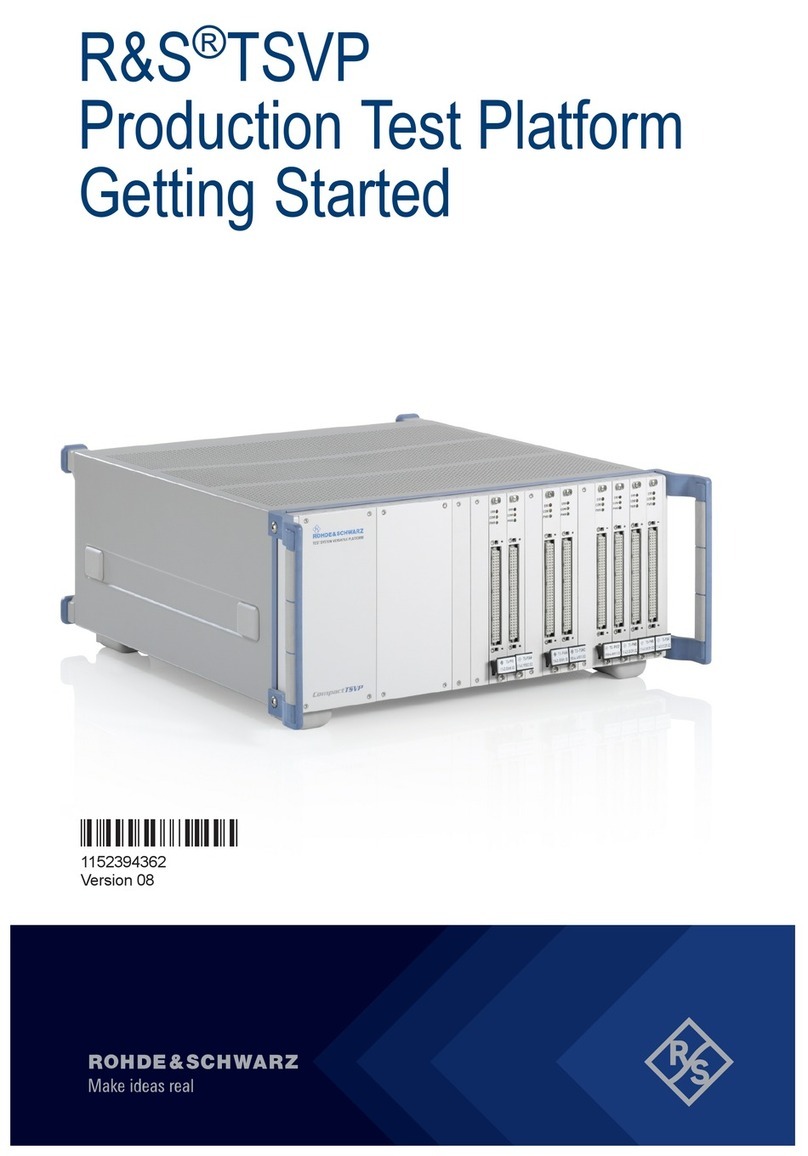
Rohde & Schwarz
Rohde & Schwarz TSVP User manual
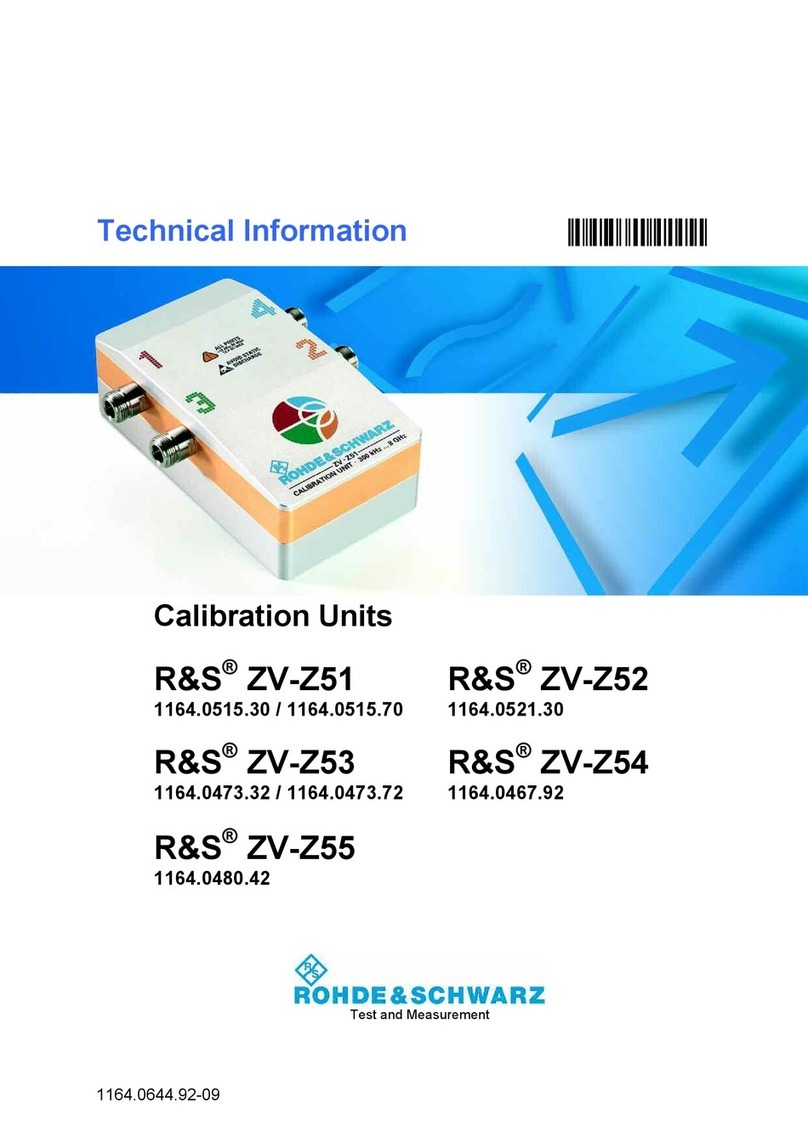
Rohde & Schwarz
Rohde & Schwarz ZV-Z53 Manual
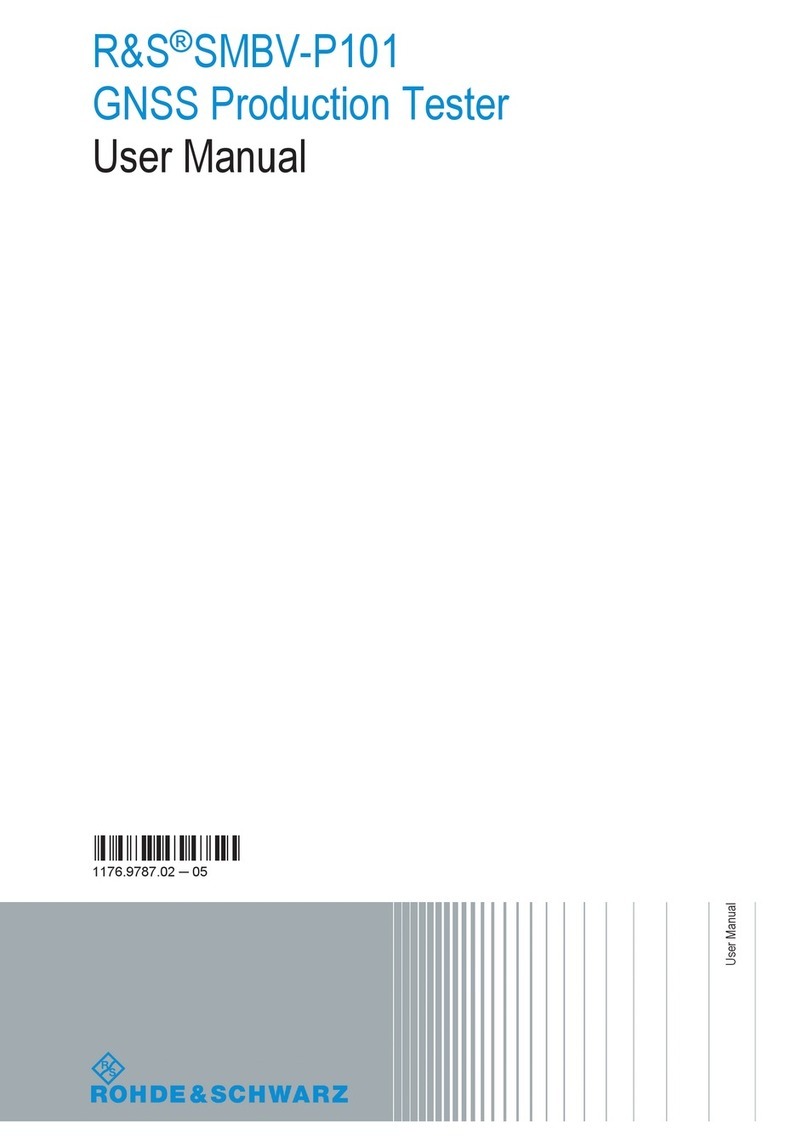
Rohde & Schwarz
Rohde & Schwarz SMBV-P101 User manual

Rohde & Schwarz
Rohde & Schwarz ZV-Z58 Manual
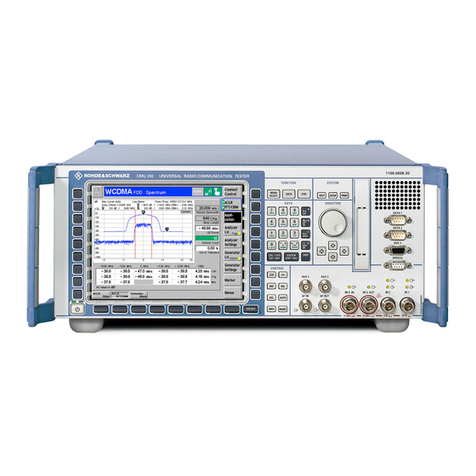
Rohde & Schwarz
Rohde & Schwarz CMU 200 User manual
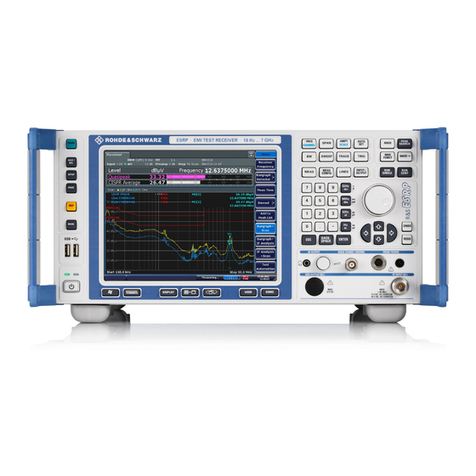
Rohde & Schwarz
Rohde & Schwarz ESRP Series User manual
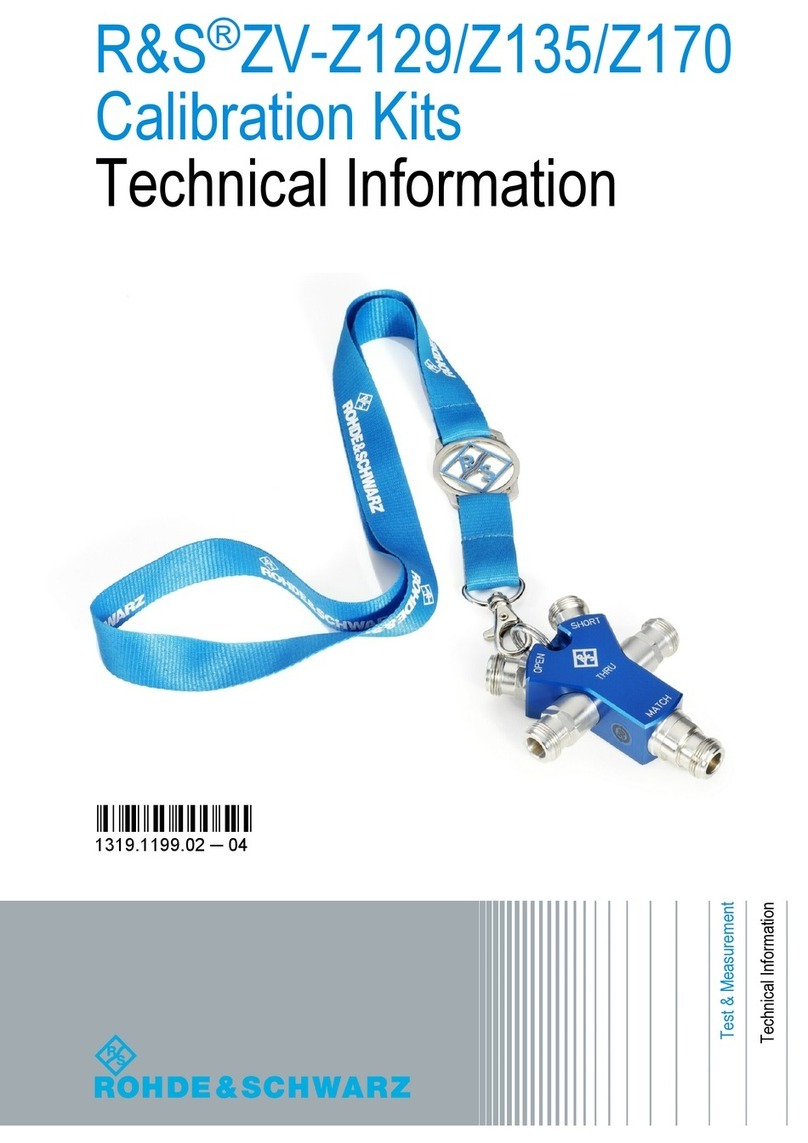
Rohde & Schwarz
Rohde & Schwarz ZV-Z129 Manual
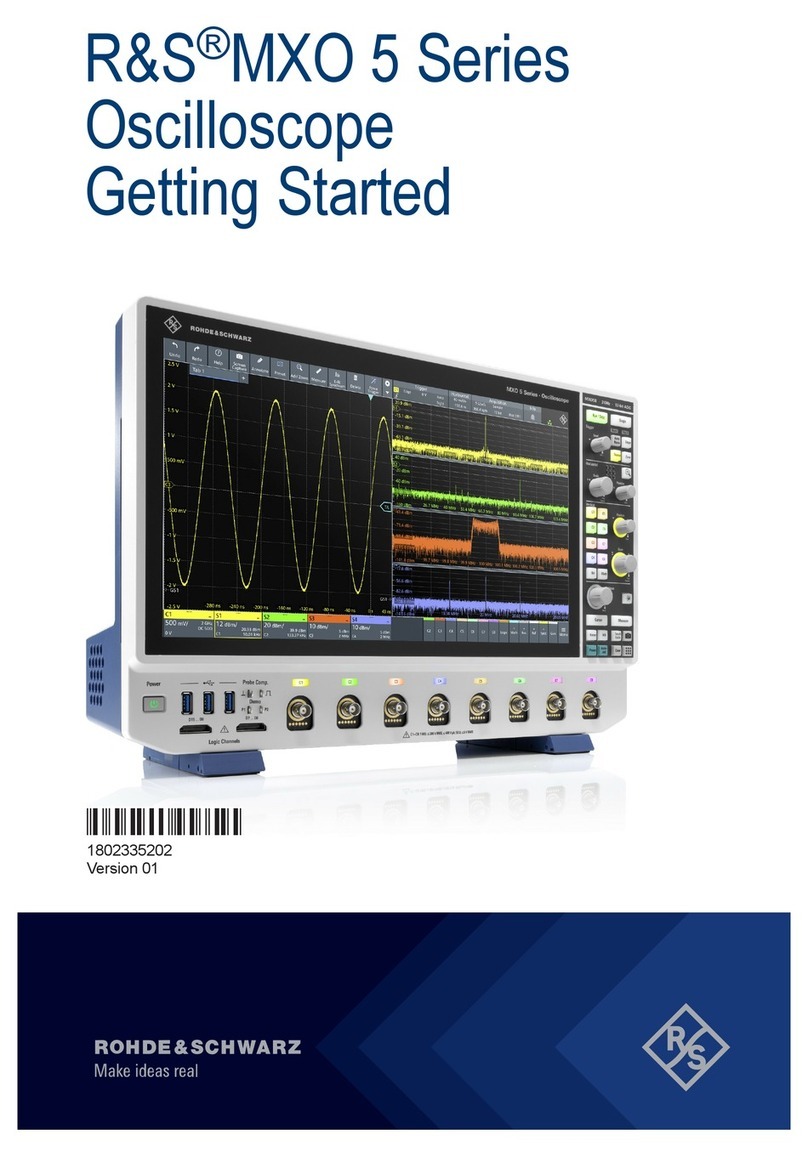
Rohde & Schwarz
Rohde & Schwarz R&S MXO 5 Series User manual

Rohde & Schwarz
Rohde & Schwarz SFQ User manual
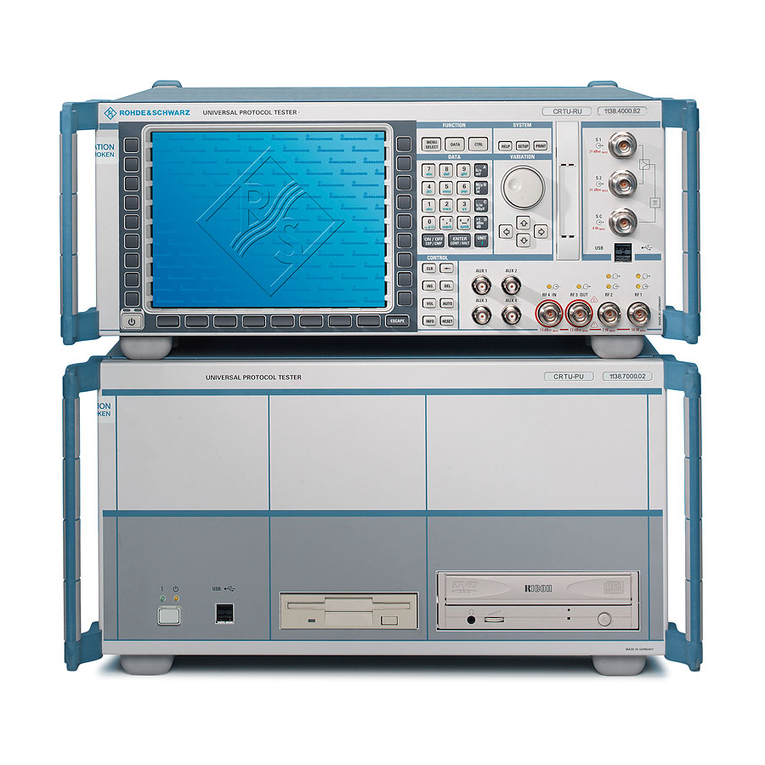
Rohde & Schwarz
Rohde & Schwarz CRTU-RU User manual

Rohde & Schwarz
Rohde & Schwarz RTE Series User manual

Rohde & Schwarz
Rohde & Schwarz ENV432 User manual
Popular Test Equipment manuals by other brands

Redtech
Redtech TRAILERteck T05 user manual

Venmar
Venmar AVS Constructo 1.0 HRV user guide

Test Instrument Solutions
Test Instrument Solutions SafetyPAT operating manual

Hanna Instruments
Hanna Instruments HI 38078 instruction manual

Kistler
Kistler 5495C Series instruction manual

Waygate Technologies
Waygate Technologies DM5E Basic quick start guide

StoneL
StoneL DeviceNet CK464002A manual

Seica
Seica RAPID 220 Site preparation guide

Kingfisher
Kingfisher KI7400 Series Training manual

Kurth Electronic
Kurth Electronic CCTS-03 operating manual

SMART
SMART KANAAD SBT XTREME 3G Series user manual

Agilent Technologies
Agilent Technologies BERT Serial Getting started
